Students and staff across the valley were notified of their school’s star-ranking on Tuesday. SWCTA earned five-star status for the 11th year in a row.
“I am very excited that we are still a five-star school,” Principal Donna Levy said. “We have never dropped in our entire 11-year history of this school. We have been five stars throughout and a lot of students and teachers work very hard to keep us there.”
The “measures in progress” have been reviewed, which allows teachers to take into account the different subgroups, that help compile the school’s score. White students, Hispanic students, black students, Asian students, male students, special-ed students and female students all have to meet a certain standard of academics, where the progress percent increases each year.
“The goal for next year is, although we are five-star this year, we have ranked the number one in the state for the last three years,” Levy said. “This year we dropped [two points] for chronic absenteeism. We have a goal to get you to come to school. The other thing we dropped points on was our science proficiency. It didn’t even come close to affecting our rankings but I’m a perfectionist and I want to get back to the very first slot.”
Compared to previous years, the school’s English and math proficiency rates both improved. English increased by 11.3% and the math increased by 10.8%.
“[Since] students do so well in our ELA, it certainly raises our overall score, therefore ranking” Assistant Principal Trish Taylor said. “I think you’ll find if you look at other schools around the district, that students typically score higher in ELA than they do in any other subject area.”
However, the science proficiency rate decreased by 18.3%. The science department has started working on finding the root of the problem and increasing the scores.
“There’s a disconnect between what [the teachers] are supposed to do and what the students think about the tests,” Physics teacher Patrick Waddington said. “It’s also that students take exams all throughout elementary and middle school, so when they take the science proficiency exam, they’re already burned out. As educators, we’re striving to make sure students keep that fire, so the scores can improve in the coming years.”

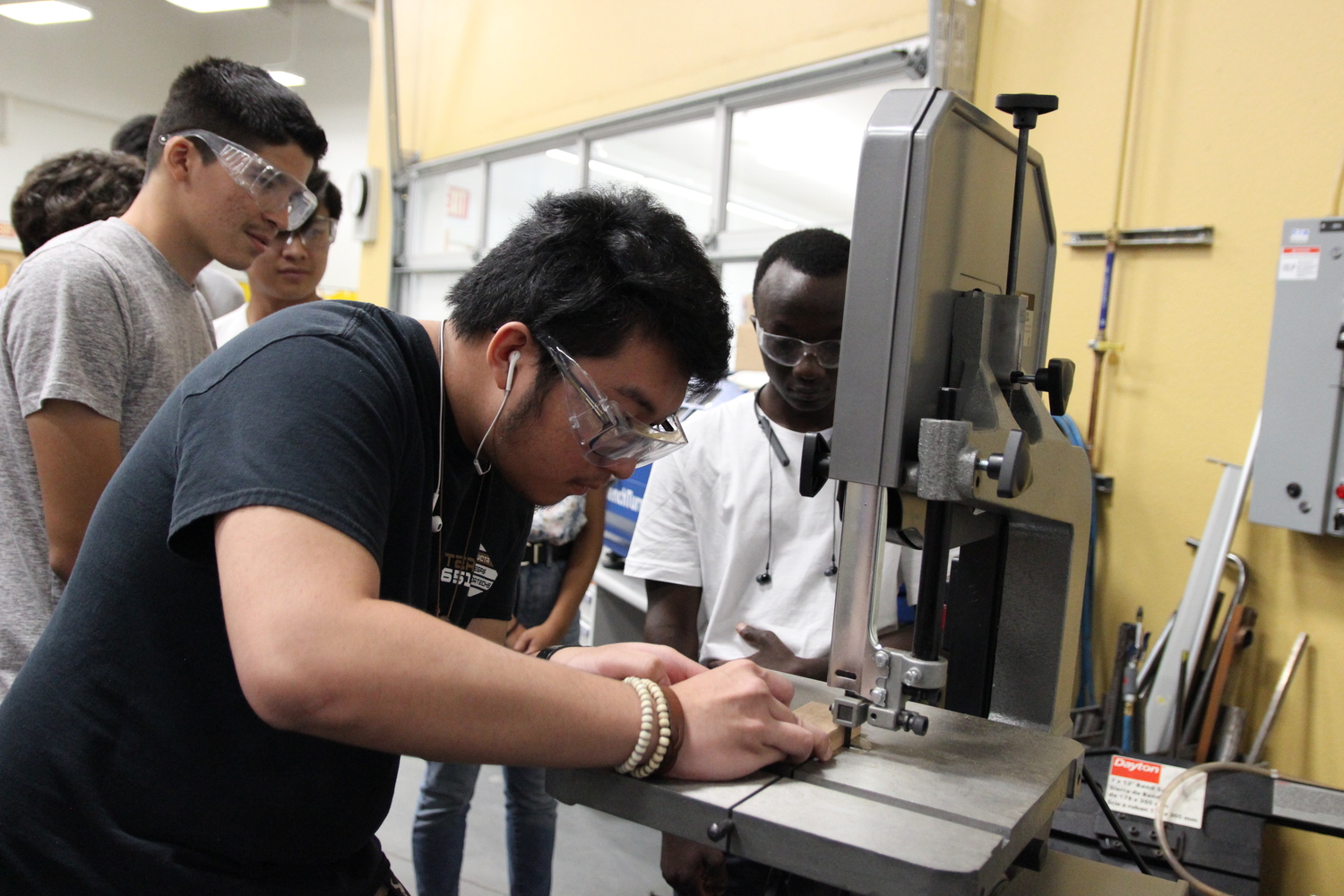
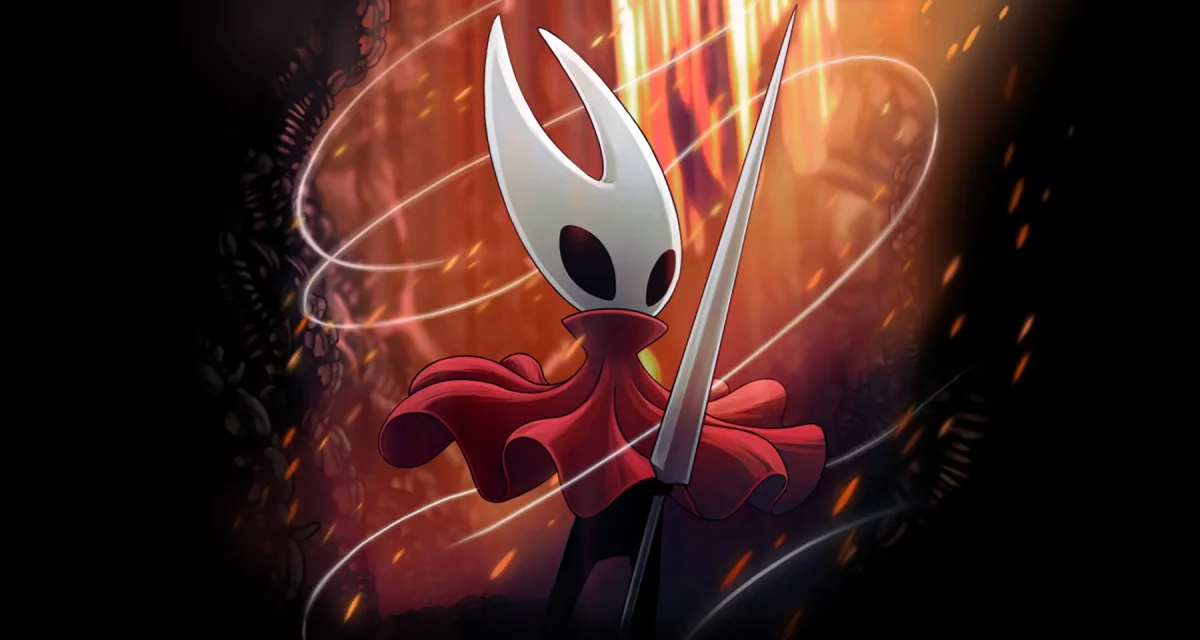
![Grabbing her phone to take a photo, sophomore Vanessa Ta sits down on a bed and takes a couple photos to post on her social media. “I just really [feel] that my favorite cosplayer is everyone lowkey, because I get to see people’s creativity,” Ta said. “I get to see how skilled and talented they are.”](https://southwestshadow.com/wp-content/uploads/2025/10/55A1FC60-BE63-4F24-9B78-65194336319E-e1760926431267.jpg)
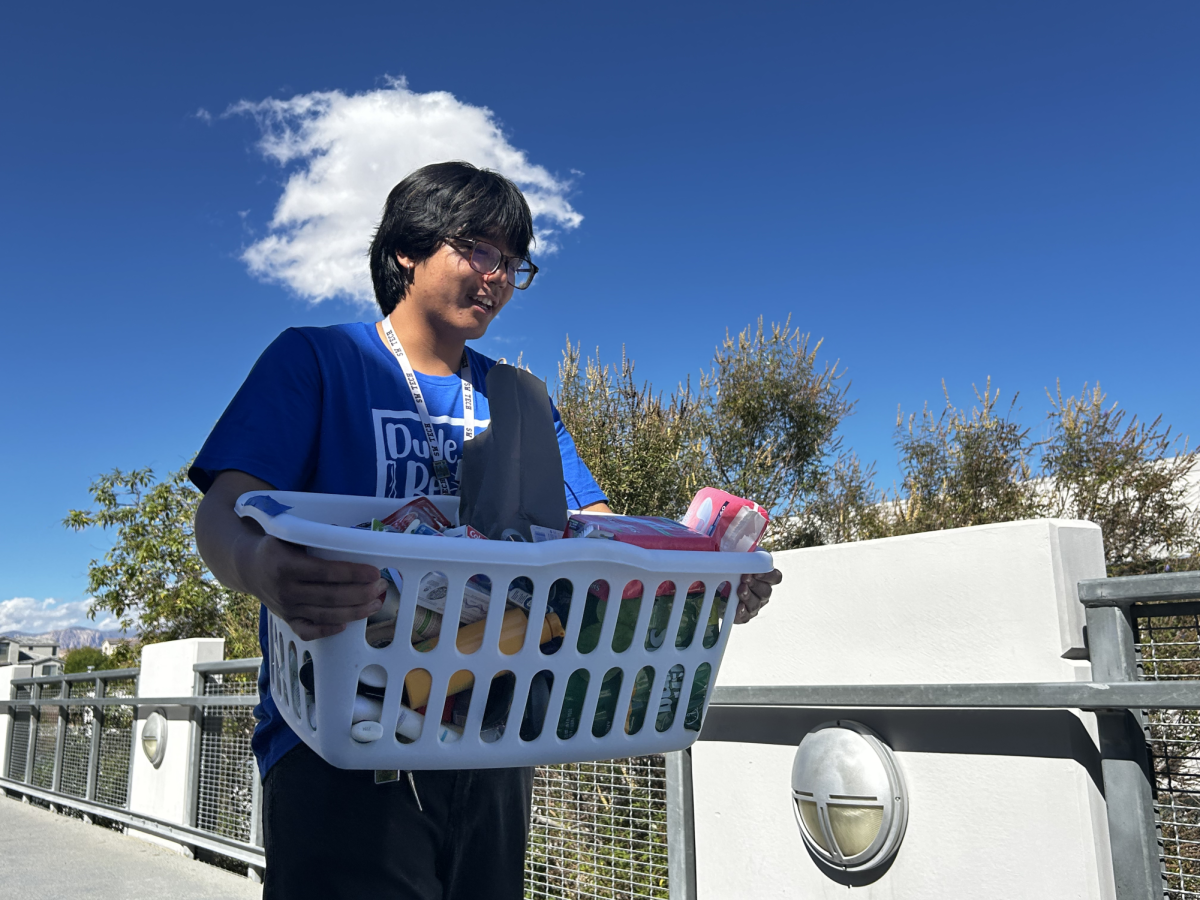
![In his fifth period World History class, Thur works with his students individually, helping them as they sort through notes and assorted historical documents. “I’m always willing to try something new,” Thur said. “Some of my best ideas that I’ve received over the years are from students. This year I’m trying out stations for the first time and kids are rotating through and it’s working. Well, some things are [working], I’ve still got to work out the kinks with it. The kids change, why shouldn’t I change too?”](https://southwestshadow.com/wp-content/uploads/2025/10/IMG_8991-1200x800.jpg)
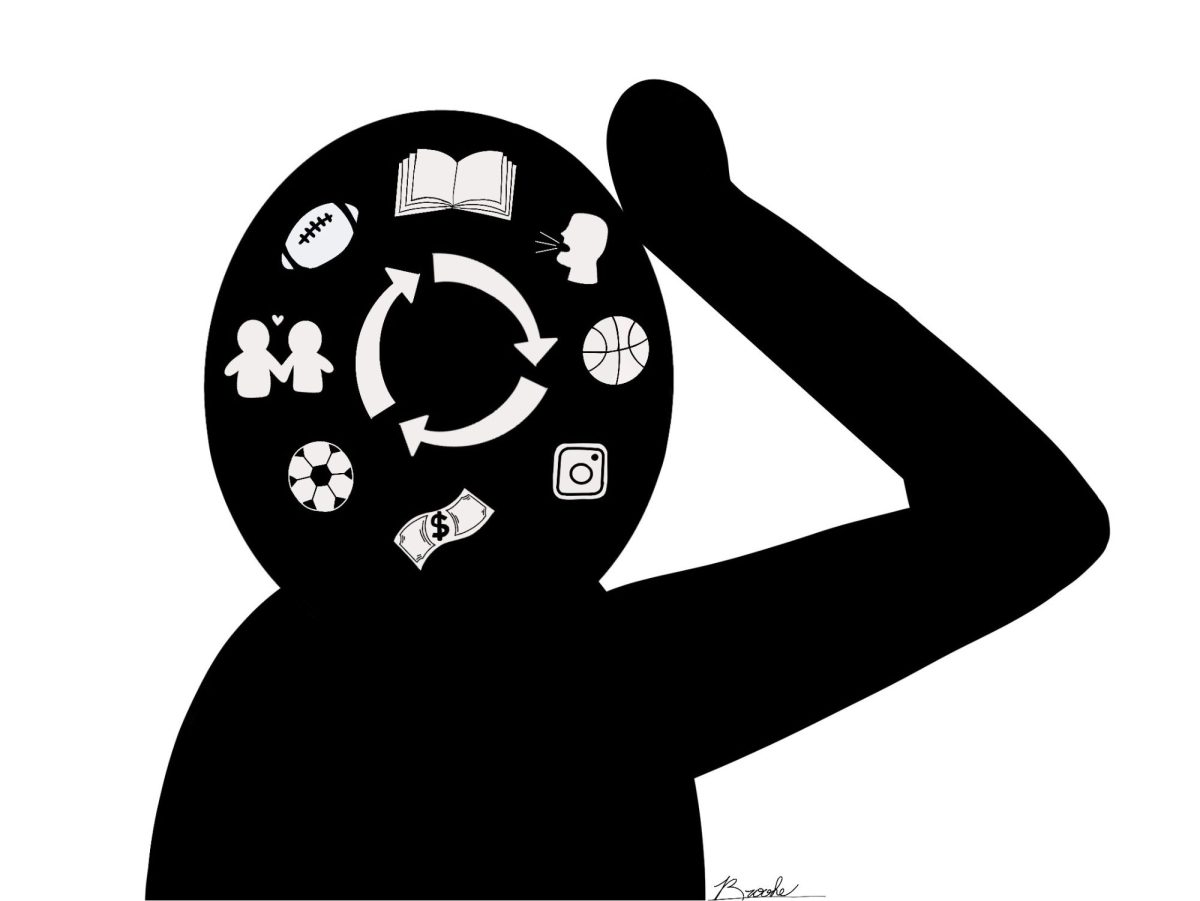
![Displaying a QR code for students to scan, the flyer allows students to sign up and learn about their desired colleges as they visit throughout the school year. Many schools have had additional presentations for students to learn more about what they offer. “For me, I’m interested in criminal justice,” junior Zion Jefferson said. “I know that UNLV and Nevada State University have this major. But, [the college fair] is going to be beneficial, so I can see what other schools offer as well.”](https://southwestshadow.com/wp-content/uploads/2025/10/IMG_2721-1200x900.jpg)
![Working in the Student Success Office, Attendance Secretary Lordis Depiazza inputs a student’s absence excuse note. Students are required to bring an excuse note to the attendance office within three days of any absence. “Reminding students that being in school is important because it reflects towards your grades and being able to do any activities with the school,” Depiazza said. “[It] seems to get the students' attention about wanting to be in school.”](https://southwestshadow.com/wp-content/uploads/2025/10/IMG_8313-1200x800.jpg)
![Arranging the fabric on the floor for a new project, senior Sapphyre-Ann Leung plans out her attire for the next deadline. With the recent closures, students now had limited resources and less margin for error with the fabric and materials they had in stock while trying to reach strict deadlines. “Joann’s had a lot of high-end fabric for our fashion competitions,” Leung said. “We couldn’t just buy ten yards of fabric from Hobby Lobby or Walmart. Since [Joann Fabrics] is no longer open, we have to buy items online, which is way more expensive.”](https://southwestshadow.com/wp-content/uploads/2025/10/IMG_0038-1200x800.jpg)
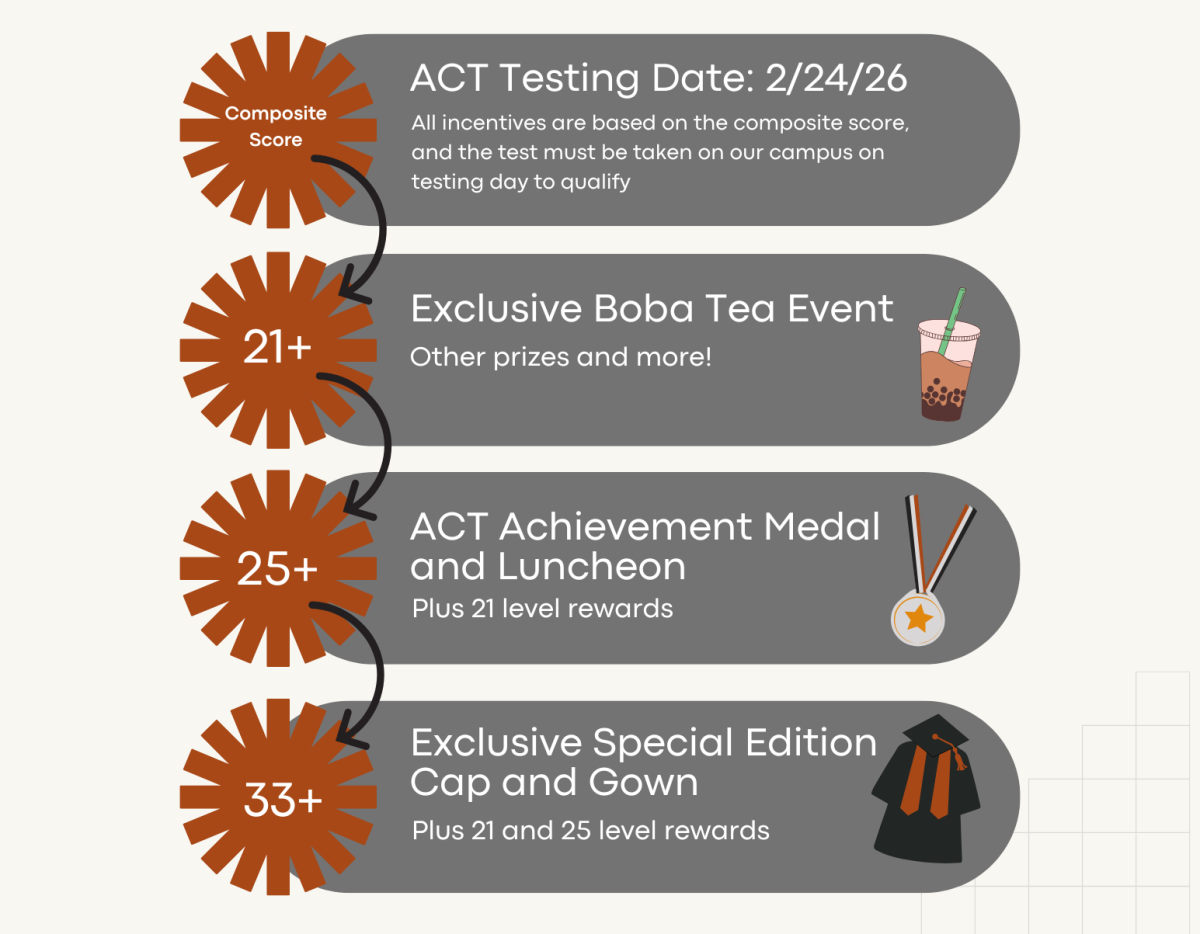
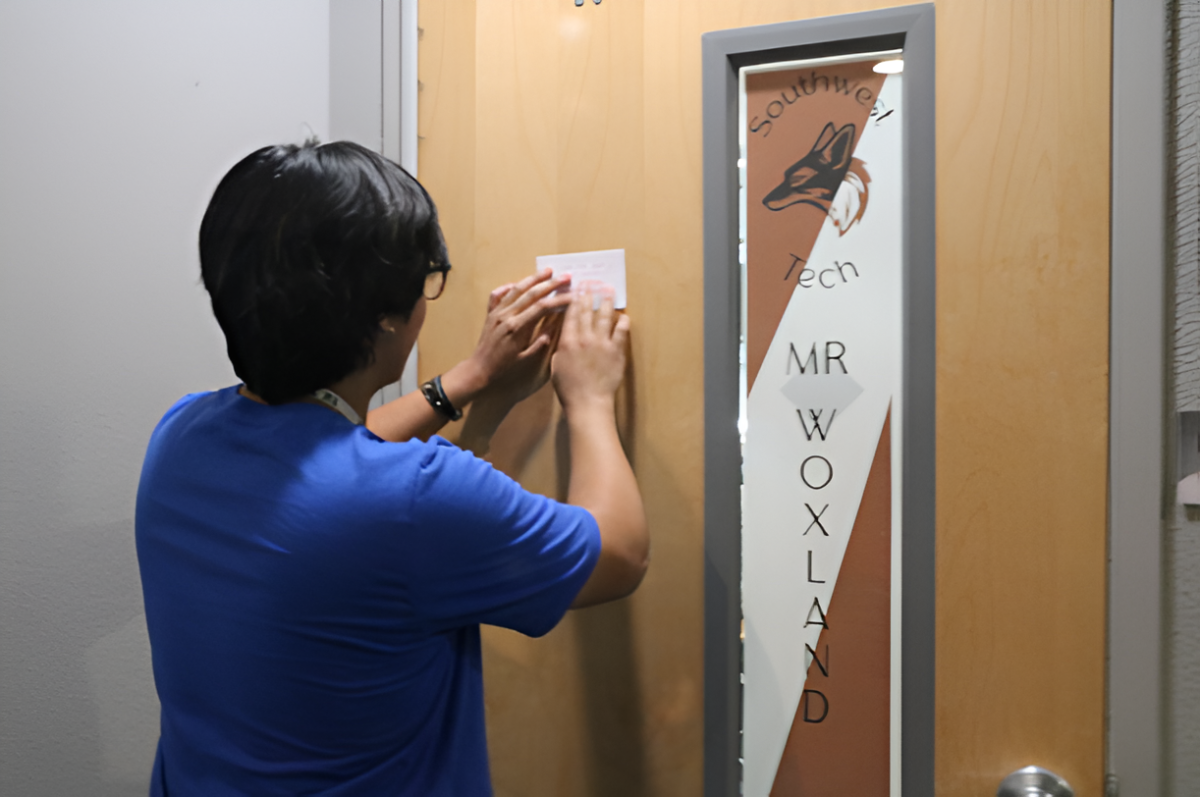
![Practicing the basic skills of nursing, sophomore Natalia Yancey gets her heartbeat checked with a stethoscope. Sophomore nursing students reviewed skills from freshman year. “I’ve always wanted to be in the medical field; it’s been my dream forever,” Yancey said. “Doing [practice skills] so early on is not only an amazing opportunity, but it helps me to prepare for my future.”](https://southwestshadow.com/wp-content/uploads/2025/10/IMG_9843-1200x800.jpg)